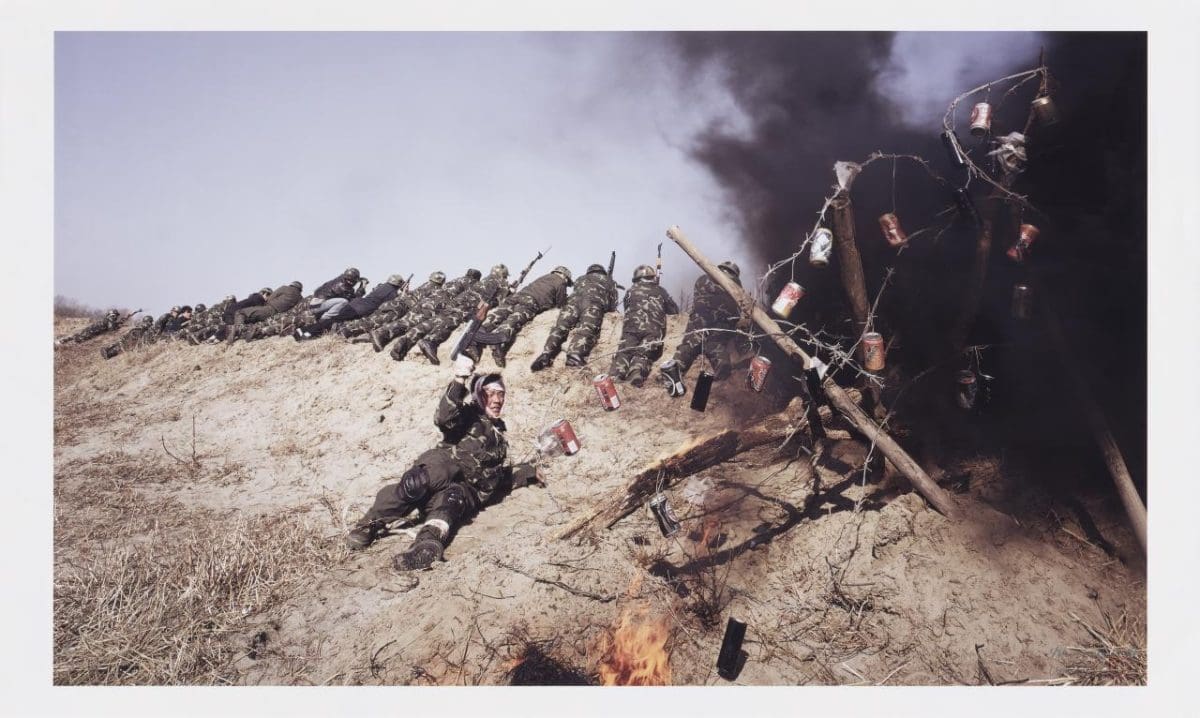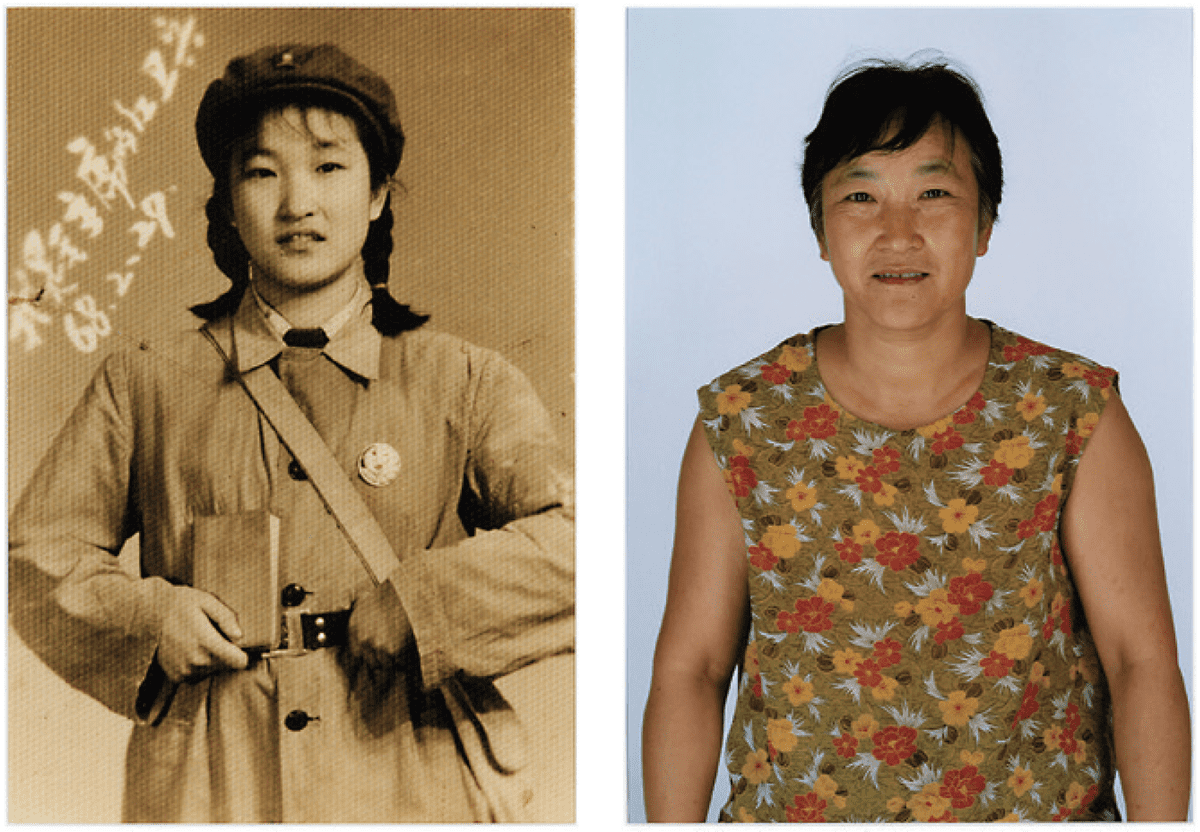
Making Space at the Table
NAP Contemporary’s group show, The Elephant Table, platforms six artists and voices—creating chaos, connection and conversation.





International collector Larry Warsh’s 2016-17 donation of contemporary Chinese photography to the National Gallery of Victoria drew on work from the late 1990s–early 2000s. The thought-provoking and well-chosen works greatly bolstered the gallery’s collection and helped develop Turning Points, an exhibition reflecting the seismic shifts China has experienced in the past two decades.
Turning Points is the third component of the NGV’s focus on China in its current program, showing alongside Terracotta Warriors & Cai Guo-Qiang and A Fairy Tale in Red Times featuring works from the White Rabbit Collection. Curator Susan Van Wyk says the intention is to present a rich offering of work in a range of media. “It is something we have been moving towards with recent shows: to have relationships across the building,” she says. “It means there is more on offer… to take you somewhere unexpected.”
In 2008, the NGV showed Body Language, signalling the beginning of its collecting of contemporary Chinese photography. The substantial Warsh donation means key figures in contemporary photography are now represented. The exhibition encapsulates major events, from the Tiananmen Square uprising and the millennium, to rapid economic expansion, the end of the one-child policy, massive urbanisation and vast social changes.
Looking at the end of the one-child policy is artist Wang Jinsong: his work Standard Family involved inviting families into his studio for a photoshoot. The result is a grid of works in which the families – without being directed – settled themselves in almost identical poses, the offspring bracketed by the parents. By contrast, Wang Qingsong’s Last Supper is about excess: it references traditional Western religious painting but replaces Christ’s disciples with fashion models and an over-the-top feast spilling off the table.
Turning Points: Contemporary Photography from China
NGV International
28 June—27 January 2020
This article was originally published in the July/August 2019 print edition of Art Guide Australia.